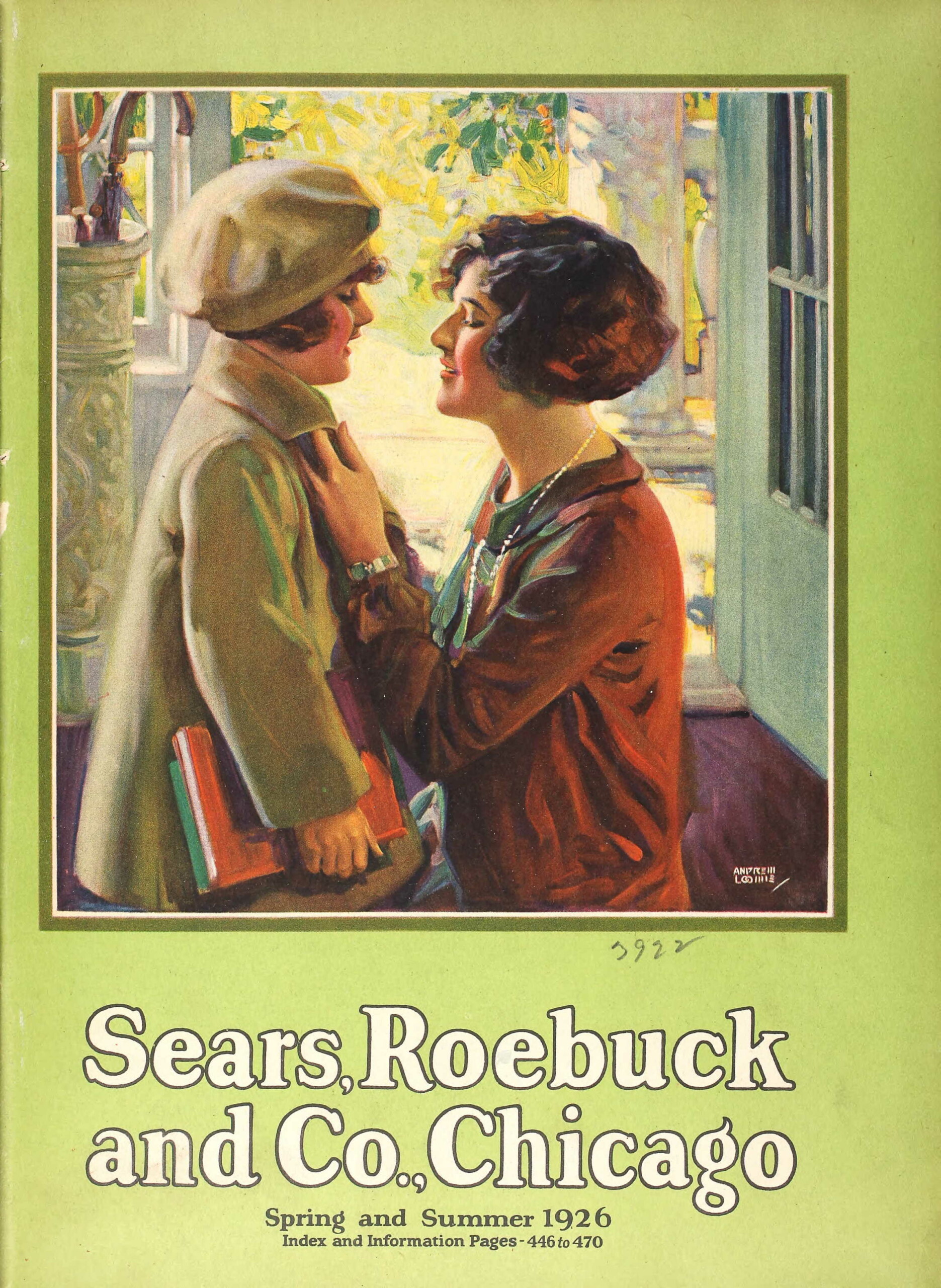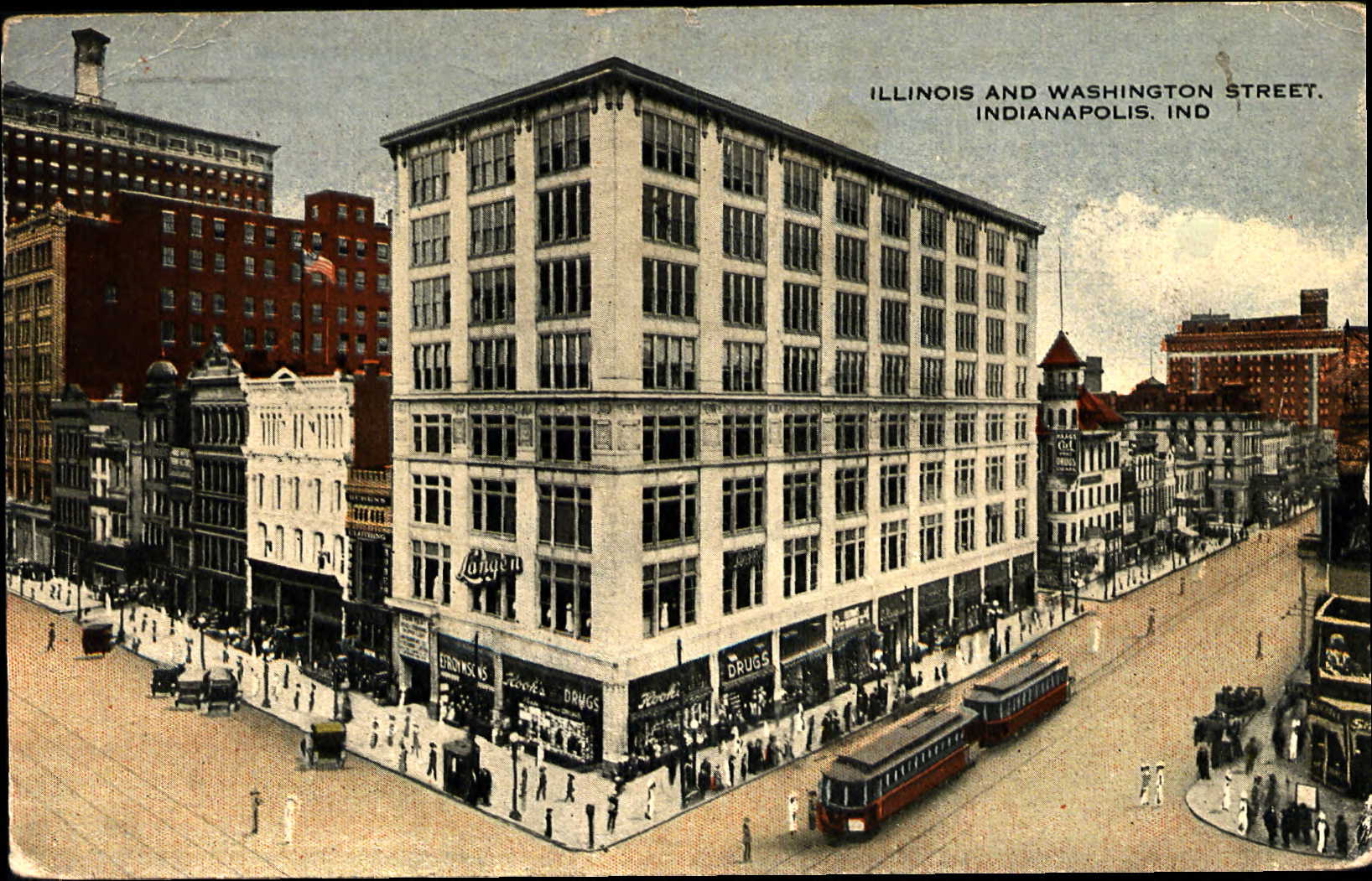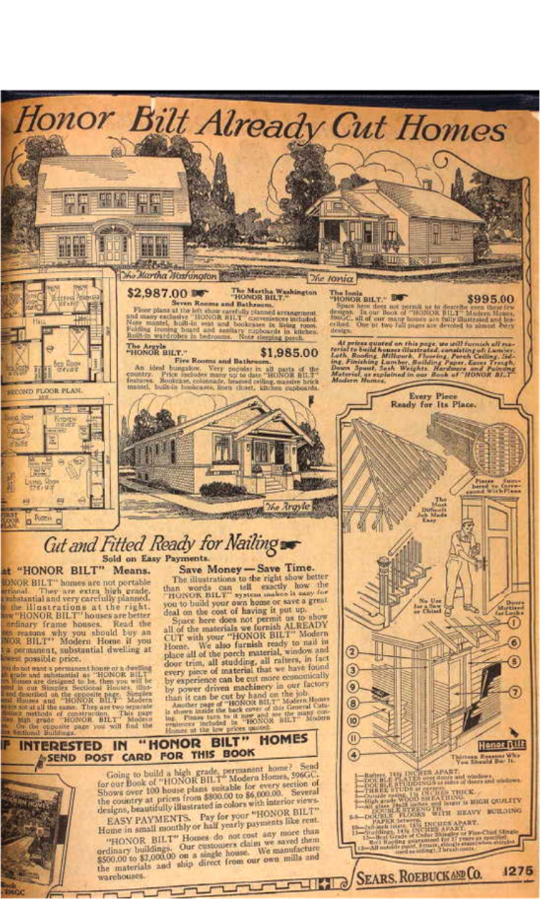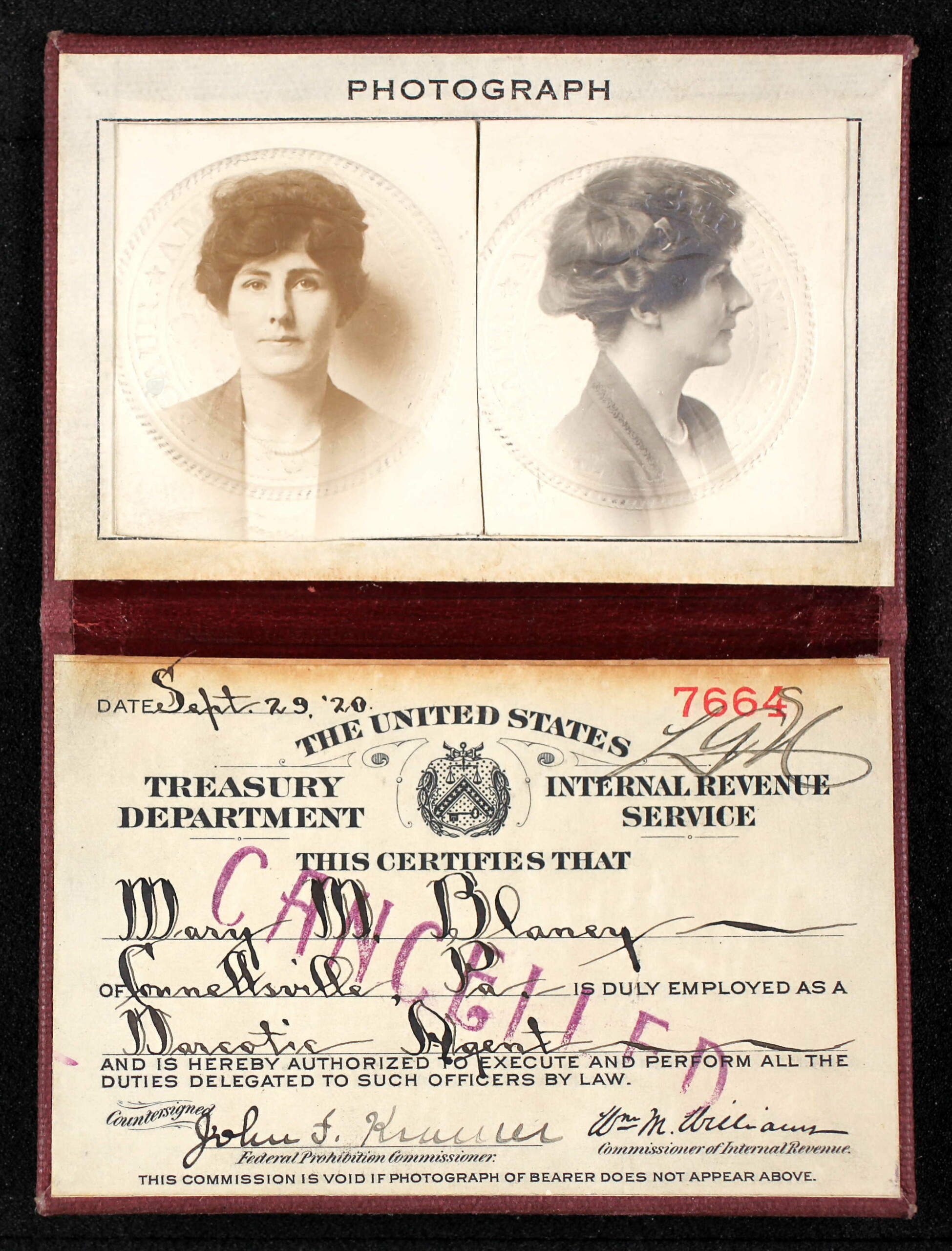Ancestry Library Edition is the library version of Ancestry.com, which has one of the largest genealogy collections available online. Their database includes vital records, censuses, city directories and military and immigration records to name a few! Some of the library’s most popular collections are the digitized Indiana marriage certificates from 1960-2005, Indiana death certificates from 1899-2011 and Indiana birth certificates from 1907-1940. Records like these are a goldmine for those with Indiana ancestors.
Ancestry Library Edition is available for free on any of the Indiana State Library public computers. Currently – courtesy of ProQuest and Ancestry – it is also available to many public library cardholders from home until December 2021. Please note that this option is not available through your Indiana State Library card account, but if your public library subscribes to Ancestry Library Edition check with them about getting remote access while it lasts.
In addition to genealogical records, like the Indiana birth, marriage and death certificates, Ancestry also includes an abundant photograph collection to enrich your family history research. Photos bring family history to life and reveal details about our ancestors that we just can’t get from documents. Through pictures we can learn how an ancestor styled their hair, how they dressed, items they had in their home or what their hometown looked like. Here are a few of the unique photo collections you’ll find in the Ancestry catalog:
U.S., Historic Catalogs of Sears, Roebuck and Co., 1896-1993
 If you like to imagine the various odds and ends that could have made their way into your ancestor’s home, look no further than “The U.S., Historic Catalogs of Sears, Roebuck and Co.” collection. You can page through these catalogs on Ancestry just like you were holding a print copy. With many of the catalogs containing over a thousand pages each, it’s easy to spend an entire afternoon poring through them. Find bizarre products once sold to consumers, such as the deadly sounding “Arsenic Complexion Wafers” or the “Asbestos Stove Mat” for sale in the spring of 1897 catalog. These catalogs sold more than you could possibly imagine like clothing, tools, games, tableware, candy, houses and so much more!
If you like to imagine the various odds and ends that could have made their way into your ancestor’s home, look no further than “The U.S., Historic Catalogs of Sears, Roebuck and Co.” collection. You can page through these catalogs on Ancestry just like you were holding a print copy. With many of the catalogs containing over a thousand pages each, it’s easy to spend an entire afternoon poring through them. Find bizarre products once sold to consumers, such as the deadly sounding “Arsenic Complexion Wafers” or the “Asbestos Stove Mat” for sale in the spring of 1897 catalog. These catalogs sold more than you could possibly imagine like clothing, tools, games, tableware, candy, houses and so much more!
Because they were so expansive, the Sears, Roebuck and Co. catalogs are also helpful to date a photo of an ancestor. Flip to the women’s or menswear sections to explore fashions or housewares during certain years and look for similar styles to those represented in the picture.
U.S., School Yearbooks, 1900-1999
Ancestry is home to the world’s largest searchable online yearbook collection. With over 10,000 yearbooks, you are certain to find a photo of an ancestor included. You can also search for a favorite celebrity or flip through the yearbooks from a favorite era. Did you ever wonder what Indiana native John Mellencamp looked like in his high school yearbook photos? Search the collection for his name to find out!
Many of the yearbooks contain details that offer us a glimpse into our ancestor’s personalities. In this Shortridge Annual from 1922 Rezina Bond is described as, “A cute little girl with bobbed hair, who doesn’t like very much to go to school.” Like the Sears, Roebuck, and Co. catalogs, these images and details are useful for dating family photos. One advantage they have over the catalogs is they depict what people actually wore in a specific time and place, rather than the idealized fashions in catalogs.
U.S., Identification Card Files of Prohibition Agents, 1920-1925
Prohibition agents were responsible for enforcing the 18th Amendment, which banned the manufacture, sale and transportation of alcoholic beverages. Their duties included making investigations, arresting bootleggers, closing down speakeasies and breaking up liquor rackets. Sometimes their work even involved run-ins with organized crime.
The collection contains identification card files for prohibition agents, inspectors, warehouse agents, narcotics agents and more. Search for ancestors who worked as agents or browse through the collection to see the faces and names of the individuals who held these positions. Famous prohibition agents such as Isador Einstein and partner Moe Smith, who would wear over-the-top disguises like a gravedigger or opera singer, are represented in this collection.
Motion Picture Studio Directories, 1919 and 1921
If you are interested in silent film era history, or have an ancestor who worked in the business, the 1919 and 1921 Motion Picture Studio Directories are right up your alley. These directories don’t simply include actors, they also list directors, writers, cinematographers and more. Discover wonderful biographical details like addresses, birth dates, career summaries, physical description and skills. Learn more about your favorite Hoosier actors, such as Pomeroy Cannon from New Albany and Monte Blue from Indianapolis.
U.S., Historical Postcards, 1893-1960
This collection has over 115,000 historical postcards searchable by state, keyword or location. If you are interested to know what your ancestor’s hometown looked like during a certain time you can search here for a postcard of it. This is also an interesting collection to look for historical images of your own city or town. This postcard captures Washington Street, a few short blocks away from the Indiana State Library.
 To access these collections and to explore everything Ancestry Library Edition has to offer, visit the card catalog. Hit the search field in the menu along the top of the homepage and select Card Catalog. From there, browse through the collections, use the search boxes or check out the new stuff featured on the page. Filter your results by collection types, locations or dates in the menu on the left side of the page. If you click on Pictures in the left menu, you’ll be taken to most of the collections I’m featuring in this blog post, in addition to the various other photo collections in Ancestry.
To access these collections and to explore everything Ancestry Library Edition has to offer, visit the card catalog. Hit the search field in the menu along the top of the homepage and select Card Catalog. From there, browse through the collections, use the search boxes or check out the new stuff featured on the page. Filter your results by collection types, locations or dates in the menu on the left side of the page. If you click on Pictures in the left menu, you’ll be taken to most of the collections I’m featuring in this blog post, in addition to the various other photo collections in Ancestry.
 I hope you enjoy taking a trip back in time and explore these collections the next time you visit the Indiana State Library or at home while it lasts.
I hope you enjoy taking a trip back in time and explore these collections the next time you visit the Indiana State Library or at home while it lasts.
This blog post is by Dagny Villegas, Genealogy Division librarian.













